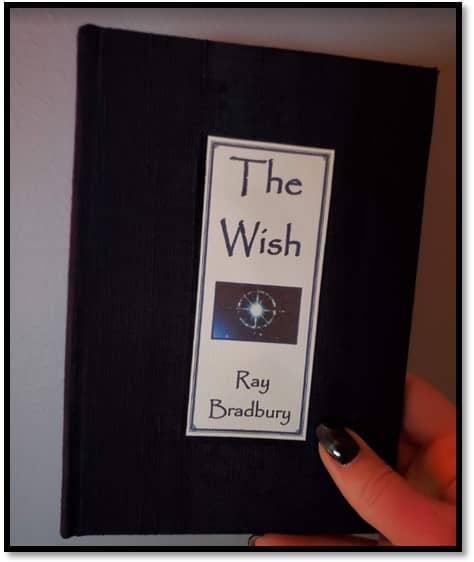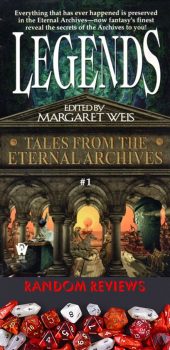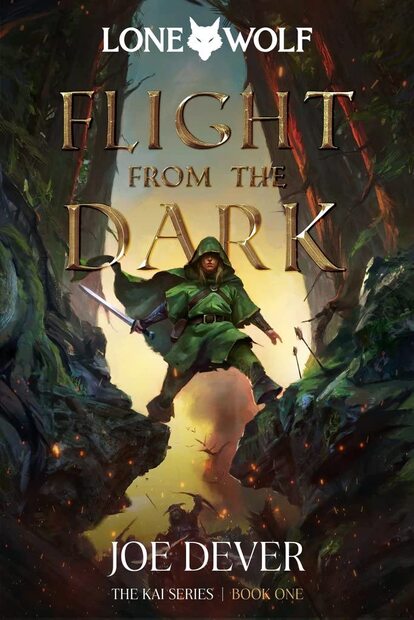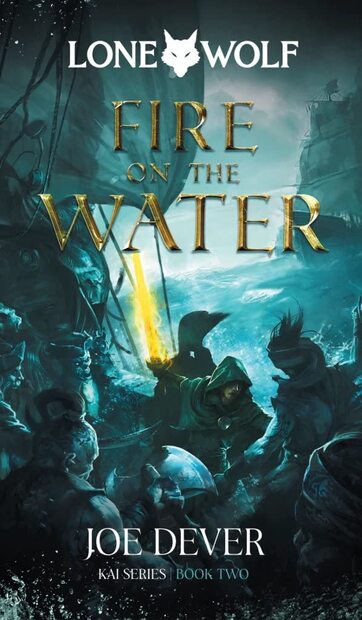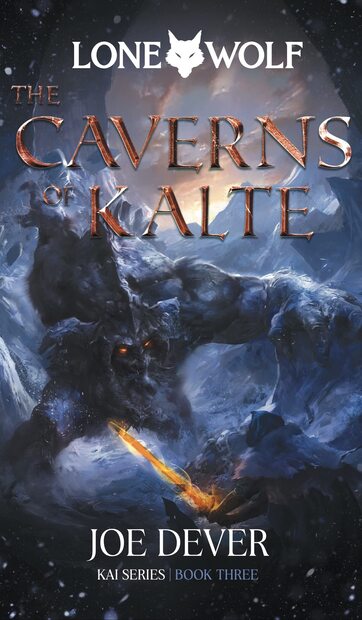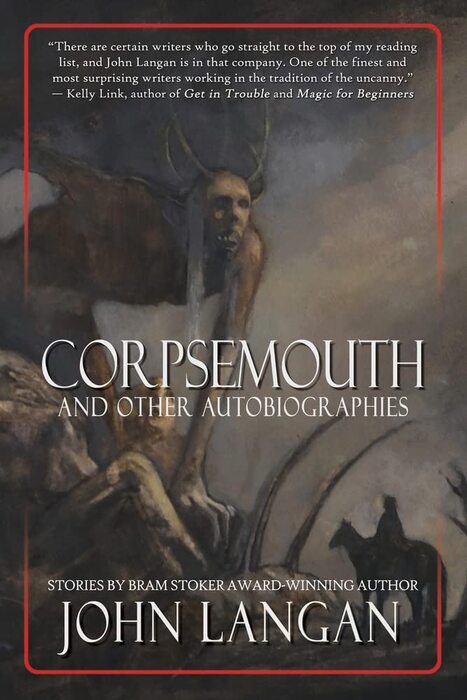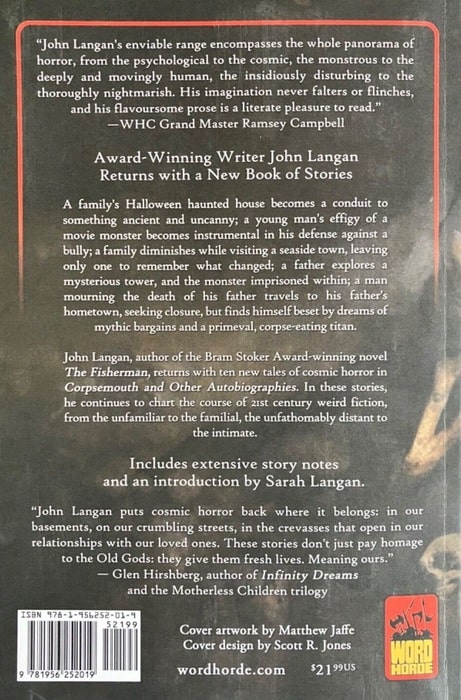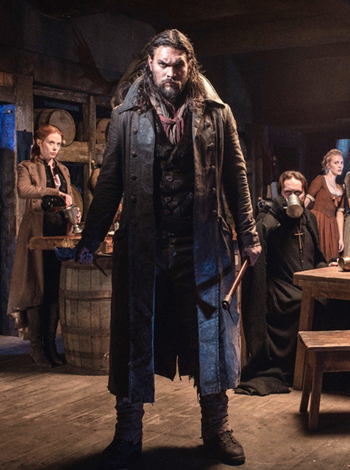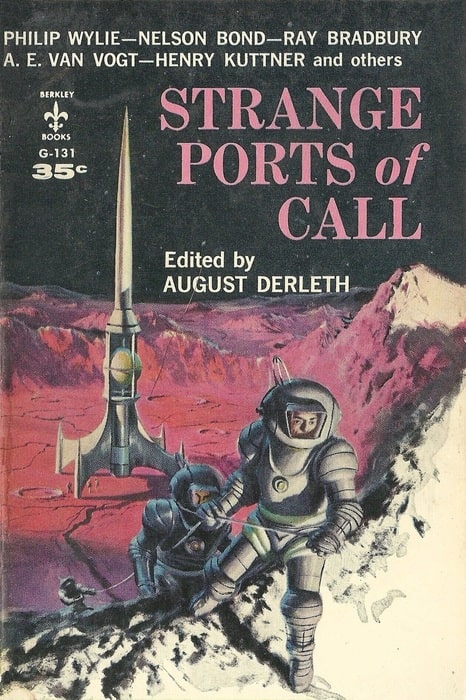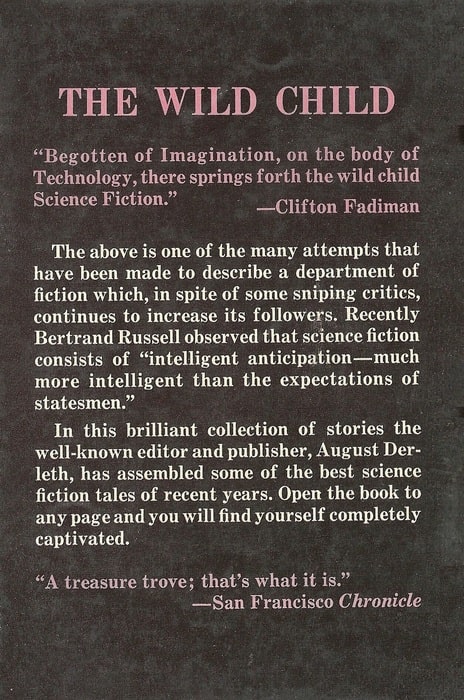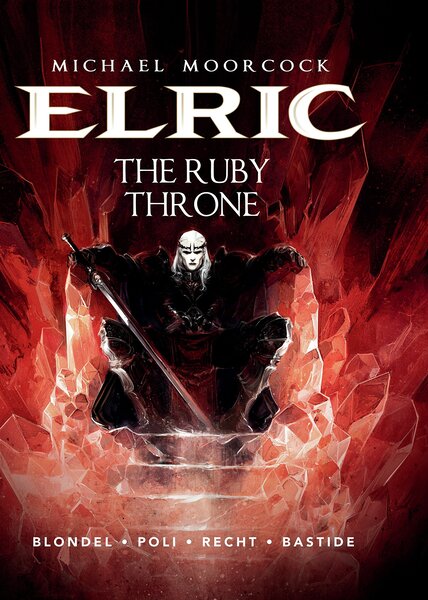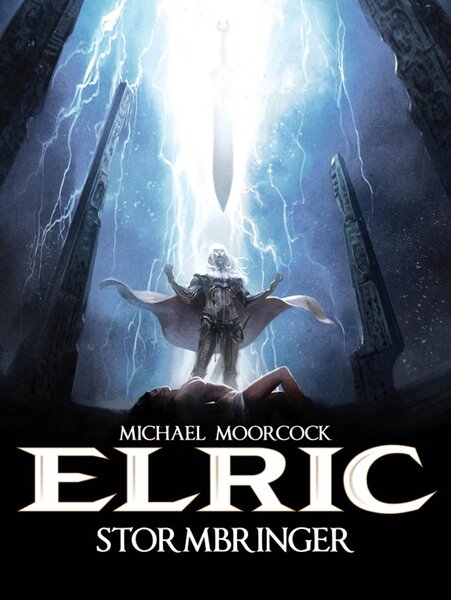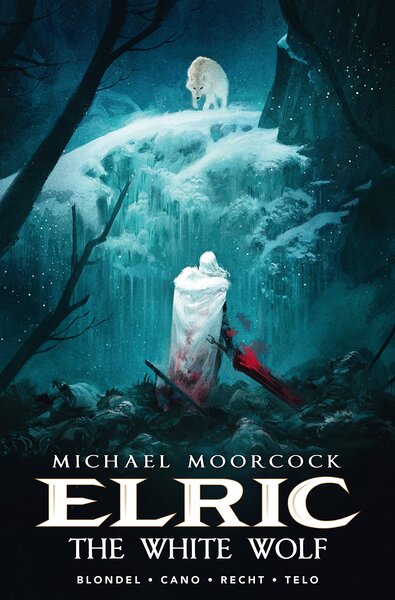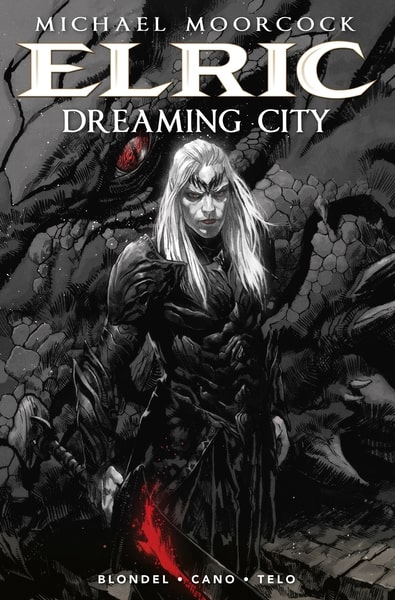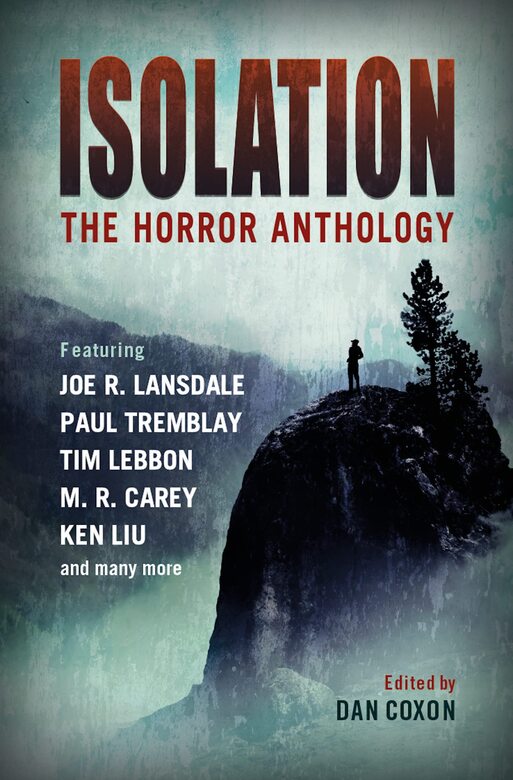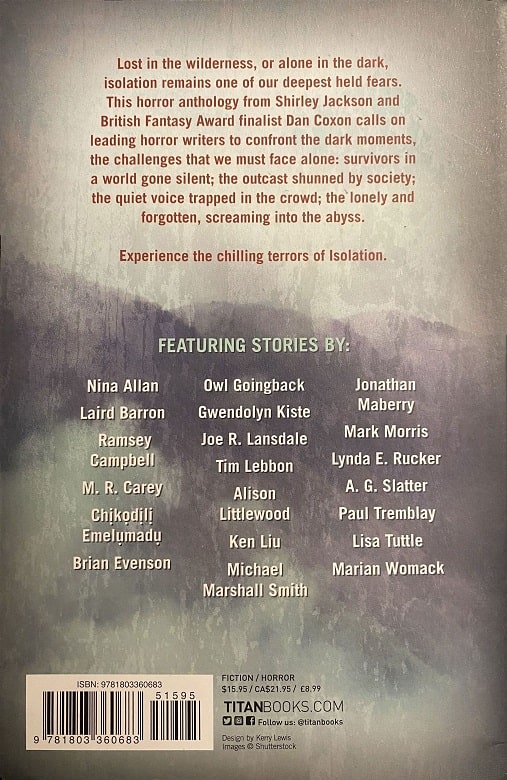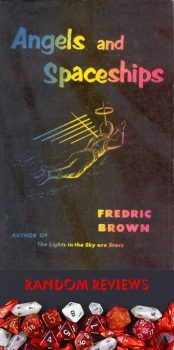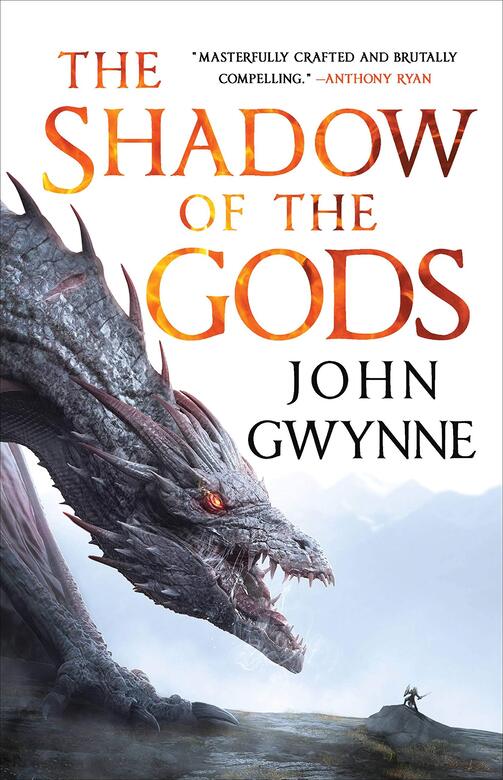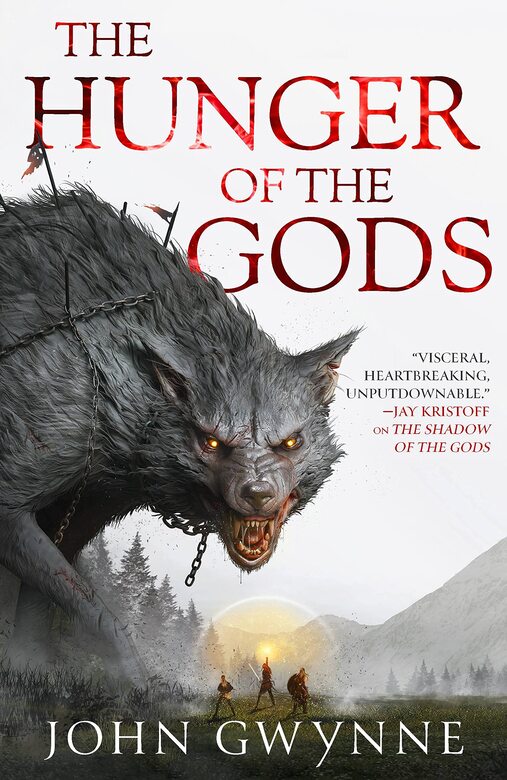Goth Chick News Classics: Ray Bradbury’s “The Wish” Has a New Meaning This Year
The Book
For the last few years, as my last post of the year, I have reposted an article I wrote about Ray Bradbury’s short story “The Wish.” It is a Christmas tale of loss and love and magic which Bradbury penned following the death of his father. When it first appeared in Women’s Day magazine in 1973, my Dad was deep in his own grief having lost his own father, my beloved Grandpa, earlier that year. The story I told in Black Gate was how “The Wish” helped ease my Dad’s grief and led to my lifelong love of all things Bradbury.
That article led to my meeting and becoming friends with Bradbury’s editor Peter Schneider from Hill House Books, who published the only standalone hardcover of “The Wish.” He presented me with one of the numbered copies, signed by Bradbury, which is one of my most prized possessions.
Two weeks ago, as I prepared for the holiday festivities, I was suddenly faced with the loss of my own father. He was 94 and his health hadn’t been the greatest for a few months, so maybe his leaving us peacefully in his sleep should not have come as the shock that it did, but the sense of loss was crushing.
